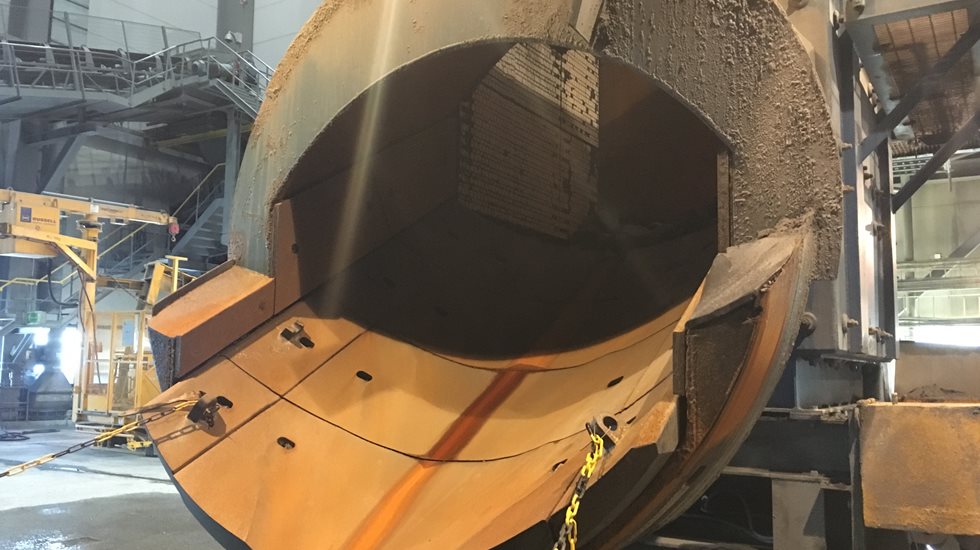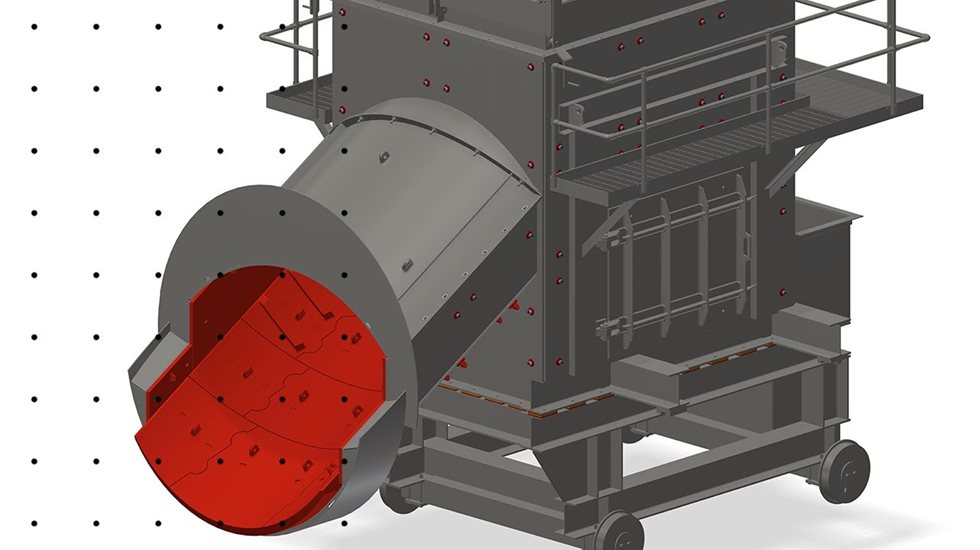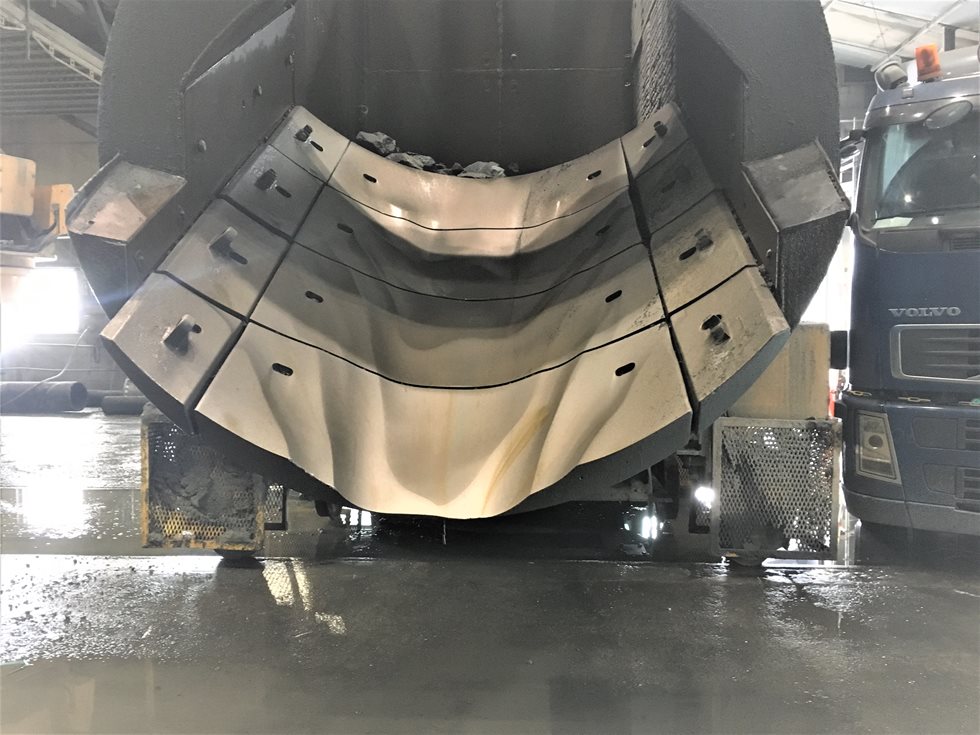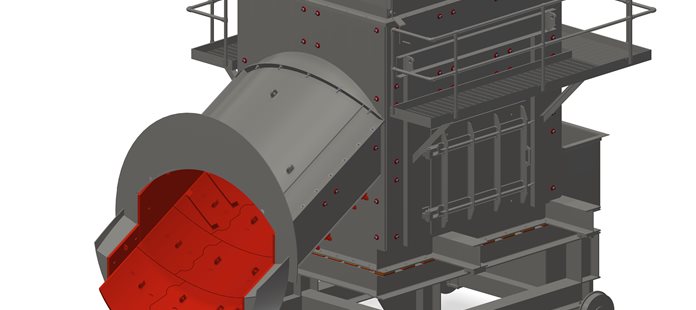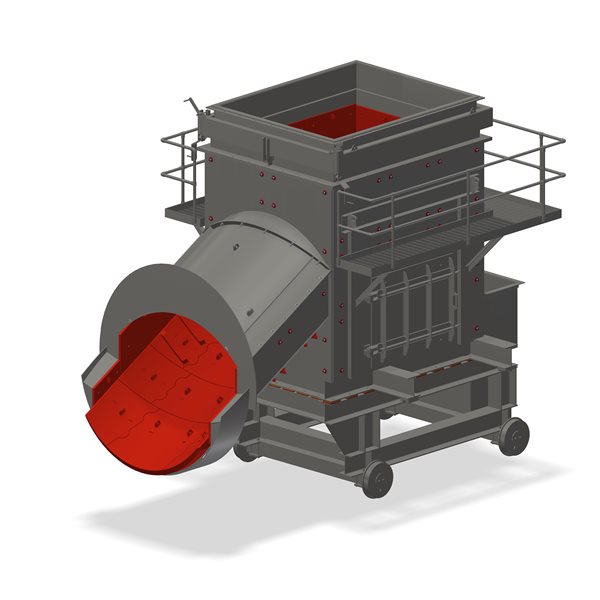Tackling the difficulties in replacing chute liners
Problem: Production downtime can be one of the biggest consequences related to feed chute issues. Planning and scheduling is often seen as the solution, or at least the first step, in reducing unscheduled downtime. However, frequent maintenance schedules cannot yield the same results that a well-engineered feed chute solution could offer. One of the main causes of downtime related to feed chutes is uneven wear on the chute liners. Abrasive slurries can quickly wear through liners and even the chute itself if the liners materials are not suitably abrasion and impact resistant.
Solution: Changing out the liners brings about its own challenges. If done without the correct tools, it can cause excessive downtime. The real key is having better access to the liner area to rapidly change out wear components when they are damaged or worn. The design of many traditional feed chutes can make it difficult and time consuming to change out these wear parts. An important part of the solution is to design chute liners that can hold up under demanding conditions for a longer period before they need to be changed. Areas such as the bottom of the feed chute can also be better protected with an autogenous layer of ore. This solution often referred to as a “rock-box” design can extend the life of the chute liner in certain applications. Another part of the solution is to design better access points to improve liners replacement times. For example, rather than personnel needing to crawl inside confined areas of the feed chute, designing the feed chute with removable covers allows for easier access to remove and install liners.
Putting safety first
Problem: Safety is a primary concern, and it is essential to keep it at the forefront of the operation. It is important to rely on a combination of safety practices and equipment to reduce exposure to safety hazards and ensure protection from harm. One safety concern is that there is often spillage around the feed chute openings from slurry. This can result in slippery and unsafe conditions around the equipment, which can result in injury to personnel. In addition, many liners and components are heavy and difficult to manipulate. Servicing or changing liners often involves service personnel maneuvering through tight areas or working in confined spaces. Lastly, as the upper part of the feed chute is often hard to access, it can involve service personnel working on ladders or under challenging conditions to get to these hard-to-reach places.
Solution: The design of a proper feed chute should take these factors into consideration. The creation of drip chutes aid in avoiding spillage. Maintaining a clean and orderly work environment can often help reduce slips and falls. Liners should be designed to accommodate proper lifting tools to limit potential accidents while handling large and cumbersome components. Lifting lugs or integrated lifting points are a good solution to incorporate to avoid make-shift solutions. Lastly, an integrated railing and safety platform should be put into place, so personnel do not have to put themselves into high-risk situations when they are working at heights.

